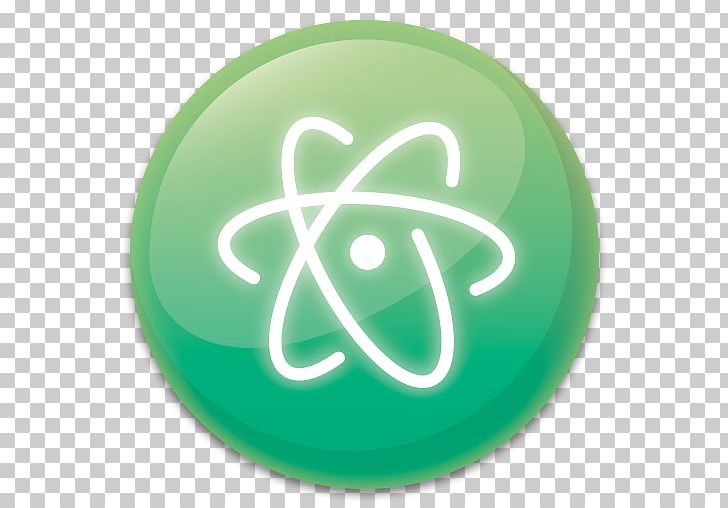
As we use the convention, our theme automatically detects it. That way, in the example above, we don’t have to add any CSS to stylize our numbers. These themes try to be compatible with the more languages possible, so they use these conventions. In Atom, it’s the theme that decides which style will be displayed for element you want to highlight. But there’s another reason why it’s a good idea to respect these conventions: themes. If you use these conventions, other developers can better understand what you’re doing. TextMate lists them in its documentation on naming conventions. There are a lot of different types that are all shared by different editors. Generally, indicate the type of element you want to highlight and finish with the name of the language. However, there are some conventions to follow. You can add whatever class names you want in the name entry. In practice, that means you need to double each backslash you type and \b becomes \\b. That’s why we need to escape the backslash. We want the \b string in our final regex, after the string being parsed. However, as your regex is nothing but a string, if you just type \b, the b will be escaped and nothing will happen. In fact, we can use every special character like \b to detect a word break. You should notice that the regex contains more backslashes than usual. You can add several class names, each one separated by a dot. Then, each time Atom sees text matching this regex, it will encapsulate it in a span element with the class names indicated in name. The match entry must be filled with a valid regex. It’s useful for seeing the changes you just did on your package. You can, however, force Atom to reload the packages with View/Reload. Note that Atom won’t load your package now: it loads all the installed packages at start. However, it’s totally useless right now, so it’s time to make it useful by giving it some features. Now that your package has a valid package.json file, Atom can recognize it and load it. All available entries can be found on Atom documentation. Other entries can be filled if you need them.
ATOM PLAIN TEXT EDITOR LICENSE
Finally, a license name can be indicated with the license entry. Here we use the default page GitHub offers for every repository. The bugs entry is the URL where we can report issues affecting your package. You can leave it empty for now if you don’t want to create your public repository right now, but think about filling it before publishing. If you want to publish your package, you need this entry. It’s the URL indicating where the public repository of your package is located.

It must be used if you create a plugin for another package. In the same vein, we find the dependencies entry to indicate other packages needed by your package. The engines entry can be used to indicate the minimal required version of Atom for your package to work.

We’ll see why when we publish our package. Even if you know that you’re developing the version 1.0.0 or 0.1.0 or your package, indicate 0.0.0. The version entry is filled with a version number, which must respect the following convention:. You can (and you should) add a description with the description entry, basically to let the other users know about what your package does. First, the name one: as you can guess, it contains the name of your package. "description": "Mylanguage language support in Atom",


 0 kommentar(er)
0 kommentar(er)
